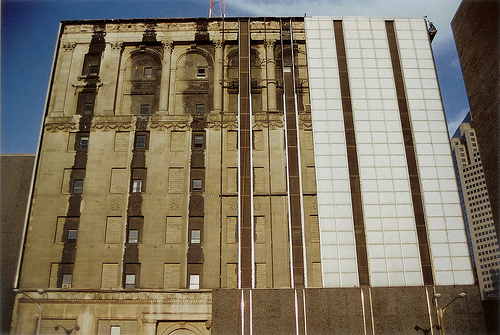
Derek Maschek
MASCHEK design and fabrication
www.maschekdf.com
THE HAND, THE MIND, and THE MONEY
Derek Maschek
MASCHEK design and fabrication
www.maschekdf.com
Before you read on, know that “I intend to misbehave”. I’m going to attempt to stir it up a little in the hopes of getting a productive but long overdue conversation going, and frankly this is just the first part!
Here it goes; I’d like to offer up an apology on behalf of architects (I, we, us) for the dismal state of the built environment. We failed you, John and Mary Public. We got on our artistic high-horses and lost sight of the bigger picture, our role in it, and our team members too. We created a monster that plagues us all to this day, architects maybe more than anybody, to the point that there is question as to whether architects will even exist in another ten years (note; future blog)!
Nowadays, we architects are a whiney lot. “We don’t get paid enough.” “We aren’t appreciated.” “Why don’t our clients understand the importance of design?” “Why do so many buildings just suck!?” “It takes time to do quality work!” “If they just would have listened to me…” These are all valid complaints I suppose, and I have certainly done my share (maybe this diatribe even counts), but I started giving these mostly rhetorical questions some serious thought as to their origins and answers. My conclusion is that, in part, we are to blame for our situation. This isn’t to say that we aren’t victims of circumstance and changing times either, but generally speaking we were complicit in the crime. What was the crime, you ask?
Arrogance (intentional) & Ignorance (unintentional?).

Somewhere about a hundred years ago, Architecture and Design started a transformation, born of The Industrial Revolution but realizing full potential over decades in a new age of Industry, Information, Growth and Opportunity. These are all great things in and of themselves, except for one common underlying characteristic; Arrogance. Specifically, a belief that new is inherently good and correspondingly old is inherently bad, and that real progress is measured by the speed and extent of the distance one can create between the two. With the new mindset also came its unfortunate ugly brother Ignorance. In this case, it’s a simple lack of understanding of why things were the way they were, and maybe even a healthy dose of “and who cares anyway”. It was nothing new to the American mindset (Manifest Destiny), but it got legs…or actually wheels, and gears, and fuel, and…
The Hand
Let’s start with construction. At its essence it is functional, almost literally the nuts and bolts of a project. As time progressed through the ages, builders became craftsmen, and those craftsmen started to put more thought and effort into their work resulting in aesthetics beyond just performance. Builders became designers and designers were born of builders. We understood each other. We were brothers!
The Mind
Before you build something, it’s a good idea to understand what you’ll build and how you’ll go about it. Lots of planning used to go into any project due to the long-term nature of the investment and the amount of effort and resources required. Designers think a problem through, at a minimum documenting construction in enough detail to assist the builder and ensure the design, but ideally giving meaning beyond function, value beyond cost, and ideally helping the project to contribute to a larger context in both place and time. This became a highly valued profession, with all sorts of cache, value, respect, etc. The Hand and John and Mary Public trusted and honored what The Mind had to offer. It was an earned position, with proof standing testament everywhere, on scales large and small. I had a teacher once say “we were gods!” with a disturbing amount of longing, acknowledging what we are now is considerably less.
The Money
But The Hand and The Mind are two parts in a process that starts first with seeing a need (or want), considering the resources available, and understanding how to pay for the undertaking, be it effort, money, or just natural resources. Development in this most basic sense has always existed. Those with money commissioned The Mind and The Hand to execute their plans, although the originator of the project relied heavily on the specialized skills of their respected partners. And up until the last hundred years or so, these big ideas required great collaboration between the Conceivers, Planners, and Builders.
The Hand, The Mind, and The Money
So we’re on the same page, I’m equating Development, Design, and Construction to a collaboration between The Hand, The Mind, and The Money, with the later starting the process and leading the charge by employing the other two to execute the project. They all have traditionally needed and respected each other as necessary players in a difficult process, and the balance of these relationships had remained essentially the same for centuries and across cultures. The Money respected its necessary employs; the Mind for vision and broad construction knowledge, and the Hand for specific construction knowledge, craftsmanship, and skill. The Mind and The Hand respected each other as essential partners in a mutual endeavor, learning from each other along the way, doing their best to fully understand each others‘ practices and anticipate needs so that they may better do their own part.
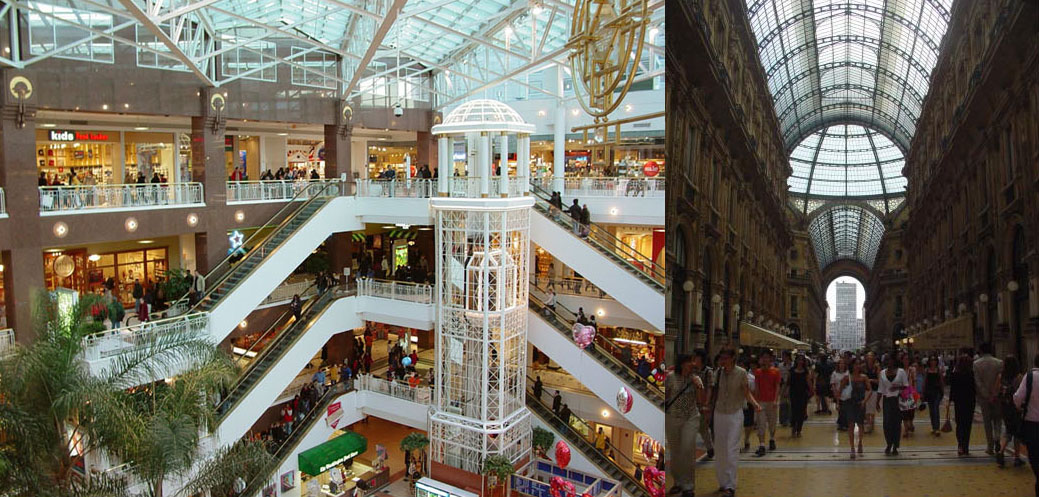
Where did it all go wrong?
As I said earlier, about a hundred years ago something very exciting and pivotal took root in the design industry, as with nearly every other aspects of life in the rapidly evolving new Modern Age; the traditions of a classic process of materials and methods were dissected and questioned. This new mindset (Modernism) challenged everything. The Mind (architects) explored the fundamentals of architecture as object, or collections of objects, paring away what was judged to be “unnecessary” in hopes of finding the essence of building, as a project, as an object, as an artistic pursuit of the highest order. Historical “styles” and construction practices were almost rejected in total, as either irrelevant anchors to the past or just aesthetically outdated representations of craftsmen’s skills, with no home in the modern era or the future beyond that. The future was industry, it was the machine, and it should be embraced in every aspect of life. Being thought leaders, The Mind jumped up to lead the redefinition. While The Money and The Hand initially resisted changes to conventions and traditions, once the financial benefits started to become evident that quiet resistance changed drastically. As they say, be careful what you wish for.
Another ongoing phenomena taking hold of the world; information and its accessibility. More people understood better than ever the mathematics (costs and benefits) associated with property development, on any scale. Real Estate became an investment strategy on par with banking or stock market trading. Plus, it steadily became an endeavor anybody could undertake. The relationship between the initial investment and the long-term returns on that investment became formally understood figures on a spreadsheet. The new concept of challenging everything (and everyone) was proving full of opportunity, finding few real opponents but many proponents. There were no rules, and therefore no experts, including anybody to judge the social value of projects being undertaken on unprecedented scales. The Hand and The Mind were unwittingly and gradually being downgraded from partner to employee, tools in an ever-expanding financial game.
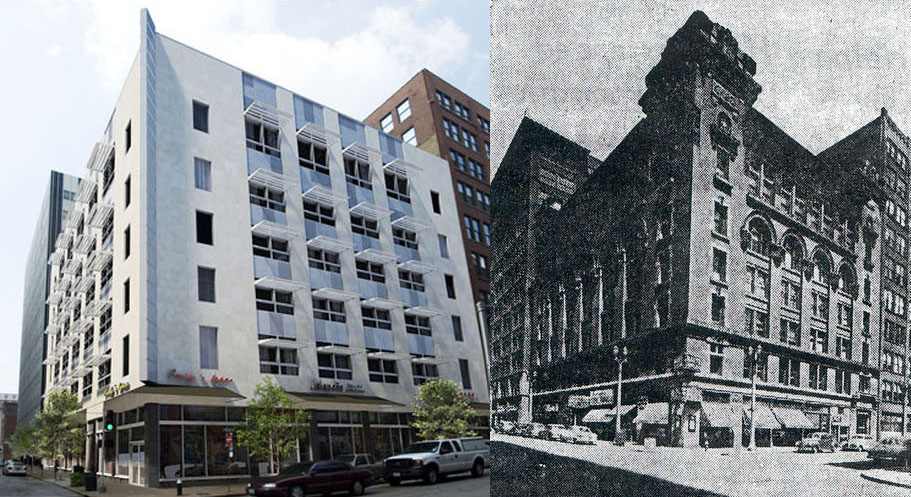
The pace of life began accelerating unlike ever witnessed in the history of the human race. Lifestyles changed from agricultural/rural to industrial/urban, as society demanded production and the promises of the new fossil-fueled society were great and limitless. We collectively shed the shackles of centuries, and embraced our new modern lifestyles as self-proclaimed evidence of progress and providence, both inevitable and righteous. But all this industry and rapid growth had spoiled and congested the urban areas making them unpleasant at best and nearly unlivable at worst. A new modern paradigm for living was born, fueled by the availability of apparently endless acres and accelerated by fears of invasion; Suburbs. The explosion of roads and the availability of land made virtually everywhere available for development, and offered unfettered exploration of new approaches to living, working, and playing. The Mind originally championed this idea, ecstatic to explore Modernism with its new forms and relationships between the objects called affectionately “machines for living”. The Hand adapted, was happy with all the growth, and again became experts in the new materials and methods of construction. The Money enjoyed greatly the improved balance sheet, growing ever more profitable. The Public benefited from reduced costs, trusting The Mind and The Hand to maintain traditional quality, and valued The Money as the new leaders in the prosperous Modern age.
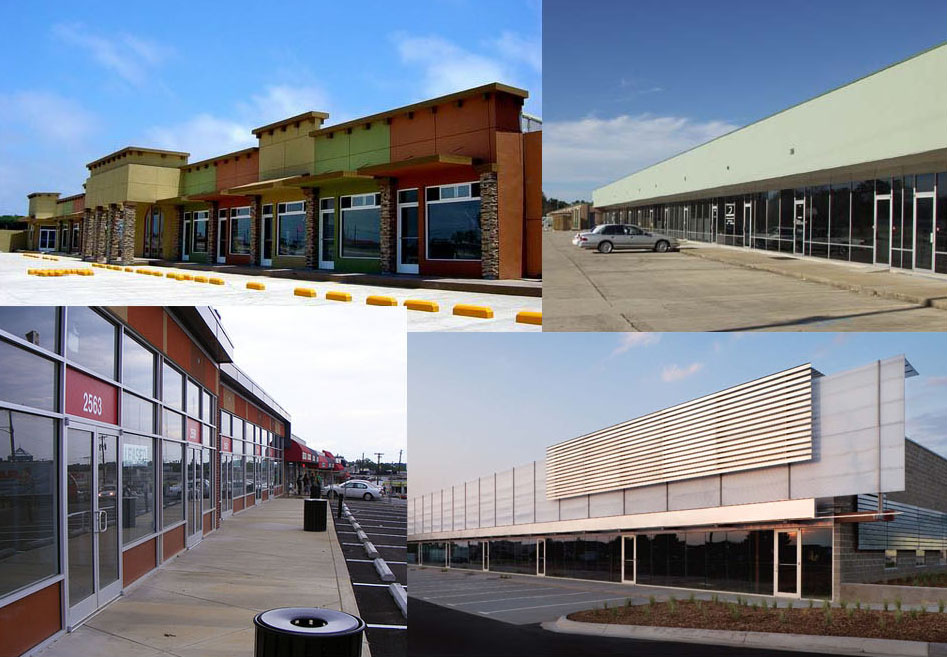
As a mindset, Modernism was ripe for the picking as the “style” of choice by The Money, always seeking to minimize the investment and maximize the return. The Mind was happy to support the effort as they rode the wave of the avante garde, artists remaking a new and better society in their own minds. The Hand went adapted to the new ways that made for improved quality, increased speed, and reduced cost, again becoming experts. And frankly, The Public didn’t really understand what was being given up for this new shiny approach, but it was obviously better because it was new and it certainly wasn’t old, and the trustworthy Mind was at the helm after all. If an architect was involved, it had to be good or better than the alternative, right? It always had been before.
So, here it is, the degree-revoking statement; Modernism has helped destroy, or at least seriously injure, the built environment and the profession of architecture.
It’s not because Modern is an ugly “style” or is an invalid approach to addressing the architectural problems of the modern age. Rather it is because of how easily the idea itself was co-opted and how thoroughly we allowed it to water down every other traditional style as well. The Mind got lazy and arrogant, rejecting old for new. The Money took advantage, seeking higher profits. And The Hand adapted to it all. What started as an exploration to the question of the architecturally necessary and relevant, became the unintended answer to how little could be invested to achieve a goal that happens to involve a building. The Public got duped, betrayed in the deal, although I think the realization of what’s been lost is just dawning on us all.
In a progressively isolated intellectual exercise, The Mind failed to understand and explain the merits of both Modernism as well as the historic styles it rejected and professed to improve upon. The Modernist style was so driven by functions of materials and construction systems that the subtle relationship between the functional and the poetic was lost on most. The Mind betrayed a trust earned over centuries, eventually satisfying ourselves with superficially applied “Modernism” on an investment shell.
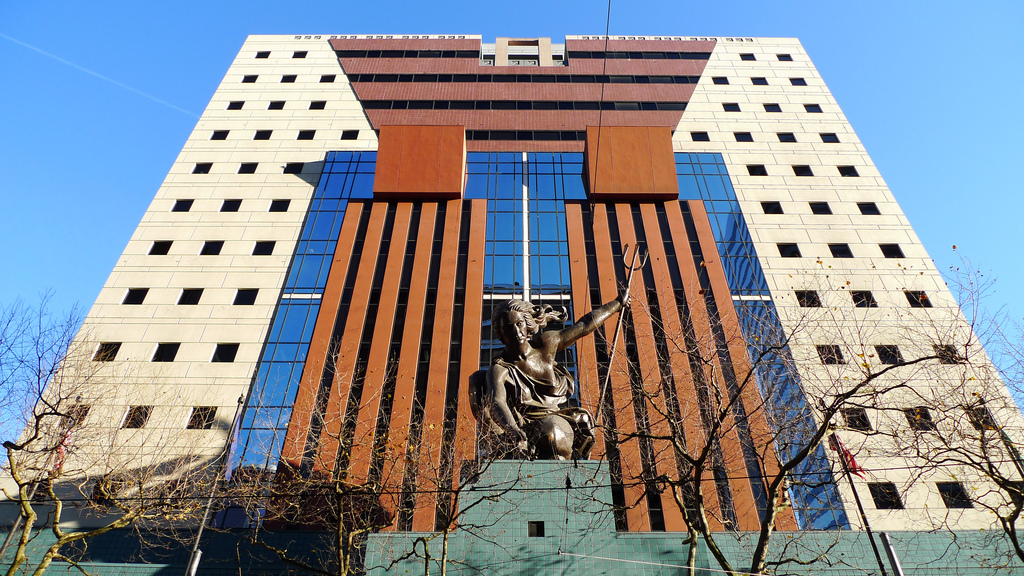
The Hand, out of necessity, became an expert in the new efficiency-driven paradigm, forever the necessary means to physical completion.
The Money grew to see The Mind and The Hand as merely a necessary part of an investment process designed to see short-term gains with no responsibility for the larger societal implications.
Consequently, The Hand and The Money capitalized on this ambiguity and partnered directly with one another (Design-Build), utilizing The Mind more as a necessary means to an end rather than a valued partner.
We (architects, aka The Mind), in part did this to ourselves.
• Too quickly did we abandon soul-imbued craftsmanship for sterile simplicity and efficiency, hailing the modern virtues of minimalism and the machine while also denouncing the ornament of craft and tradition.
• Too complicitly did we allow and validate an important and timely exploration to be bastardized.
• Too ignorantly did we fail to understand the full implications of our questions and actions.
• Too neglectfully did we fail to educate ourselves and John and Mary Public on what was being gained AND what was being lost.
Know that this has been a grossly simplified statement of opinion, intended to spark a valuable conversation about past, present and future. I understand that there are many forces at play here and that bad buildings and purely functional buildings have always been around, typically far outnumbering their higher quality relatives. I also understand that the wealthy and powerful have and continue to produce some great Modern Architecture over the last century. I simply argue that Modernist ideologies converged with other forces of our time to result in a proliferation of soulless buildings and spaces, going as far as even destroying great buildings in order to glorify ourselves. And I argue that we were complicit in proliferating the mediocrity, helping to impose upon our built environment a social burden that we are now saddled with correcting, while at the same time lacking the respect necessary to do so.
The good news is that in the last ten to twenty years, I have seen us begin to remake ourselves. Our role and our tools are changing, maybe back to a familiar version or maybe into something totally new. The conversation has begun, but this time let’s consider with respect and appreciation what come before and build upon it. Let us again earn the trust of our partners The Hand, The Money, and in particular The Public.

Thanks Lisa. Believe it or not, this was as simple and short as I could make the conversation, but oddly, it came up again today. Our actions define the world we live in, individually and collectively. So be careful what you do as the ripples may ravage beaches you had hoped to vacation on one day.
Thanks for your thoughtful response, and you successfully “read between the lines” to the larger society parallels. Smarter people than I have written and could write much more in depth, and draw more nuanced conclusions. Point is, through neglect or laziness or just getting carried along with “the times”, architects lost a respected place in society that has cost us all dearly, professionals and the public alike. I’d like to start a discussion on getting it back. In my opinion that involves us getting dirty and playing in the sandbox together again. As best I can tell, the plurality of professionals WANT to, but modern professional life (and insurance) says to stay at your desk and be a specialist. Let developers develop, builders build, and architects design and document. This compartmentalization is killing us. In part, this is why Design-Build is growing so rapidly, as it at least has the appearance of the collaboration.
Derek,
You lost me at “this has been grossly simplified” because I could read this six more times before I totally grasp all of the implications of your opinion! I found it challenging and thoughtful.
My scattershot reactions are as follows:
1. I definitely miss the emphasis once placed on craft in architecture.
2. But I was educated to love Modern Architecture. I’m conflicted.
3. The Industrial Revolution can also be blamed for the huge and almost certainly negative impact on the way we eat. In the name of progress we began to eat overprocessed, not fresh, shipped from halfway across the planet “foods” instead of those grown or raised in our own back yards.
4. Great job, Industrial Revolution, you ruined all three of the basic human needs – food, water, shelter. (sarcasm font)
5. The world lacks great thinkers.
6. I think you nailed it here, actually: “bad buildings and purely functional buildings have always been around, typically far outnumbering their higher quality relatives.” I would love to see a showcase of high-quality Modern buildings with a discussion about the differences between them and their soulless offspring.
Thanks for the thought provocation!